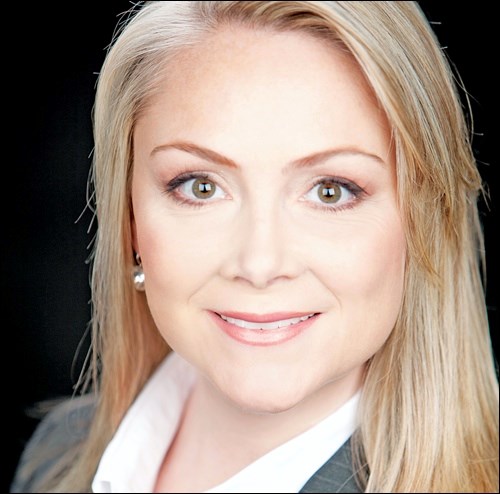Tax-Free Savings Accounts sound simple. But they’re not. There’s an array of rules and regulations involved. One of the most common questions I’m asked is whether you would lose this year’s contribution opportunity forever if you don’t contribute. And this year, the issue is complicated even further by an increase in the contribution limit to $10,000 that the previous Conservative government enacted for 2015. Should you try to contribute that maximum, or should you wait to see if the new Trudeau Liberal government rolls back the increase as they promised to do?
First, there’s no irrevocable deadline for TFSA contributions. There are annual limits, of course, that apply to the calendar year ending December 31. But you do not have to contribute the annual maximum amount – or anything at all. Even if you do not contribute the max or miss a contribution for a year, the difference between the annual maximum contribution limit and the amount you contribute in any year is carried forward as additional “contribution room” indefinitely, which you may then add on to next year’s maximum contribution, until your allowable contribution room is used it up.
From 2009 to 2012, the maximum contribution was set at $5,000. It was raised to $5,500 for 2013 and 2014. And it was raised again to a maximum $10,000 in 2015. So if you have not contributed to a TFSA since inception in 2009, you’d currently have $41,000 total contribution room. And you would be able to contribute that entire sum to a TFSA this year.
Contribution conundrum
The maximum TFSA contribution is available to everyone, regardless of your income or pension plan contributions or anything else. You only have to be over 18 and a have a valid Canadian Social Insurance Number. That’s it.
There’s no tax deduction for contributions as there is with other registered plans like RRSPs, but the whole beauty of the TFSA is that investment income generated within the plan – whether interest, dividends, or capital gains – is completely tax-free on withdrawal.
Until this year, the maximum contribution had been indexed to inflation, so from time to time, the amount had been increased. It was last increased in 2013, to $5,500 from $5,000. However, under current rules, as of 2015, indexation of maximum contribution amounts will no longer apply.
Here’s how Canada Revenue Agency calculates your unused TFSA contribution room:
The amount, either positive or negative, at the end of a particular calendar year after 2008, determined by your unused TFSA contribution room at the end of the year preceding the particular year.
Plus: The total amount of all withdrawals made from your TFSA in the preceding calendar year, excluding a qualifying transfer or a specified distribution;
Plus:The TFSA dollar limit for the particular year.
Minus: The total of all TFSA contributions you made in the particular year, excluding a qualifying transfer or an exempt contribution. A “qualifying transfer” is essentially a direct transfer between your TFSAs if you have more than one plan. An exempt contribution is basically a contribution made during the rollover period after the death of a TFSA holder, from payments received from the deceased holder’s TFSA.
Overcontributions and withdrawals
Overcontributions during the year can be a problem, especially this year, with the increased limit. Excess contributions will be penalized by the CRA at 1% per month for any month that has an excess contribution. And this penalty applies regardless of when the excess contribution was made. So a tax penalty may be payable even if you withdraw the excess in the same month that you make the overcontribution.
Note that a withdrawal from your TFSA in any year does notincrease the TFSA room until the following calendar year. Thus, if you are thinking of making a withdrawal close to year-end, make sure it is done by December 31, in order to have the withdrawal amount added back to the TFSA contribution room on January 1.
Rollback rollback?
Should you contribute the maximum $10,000 for 2015? In the election campaign, Liberal party leader (now Prime Minister) Trudeau pledged to roll back the 2015 TFSA increase. It’s not clear when or how this would take place or indeed whether even the additional $4,500 contribution for 2015 would be rescinded. We may know more when the government tables its first budget, possibly early next year.
Either way it makes sense to max out the $10,000 contribution limit for 2015 if you can. If limits are rolled back, you can consider it a one-time “bonus.” (Of course the Liberal government may also rescind the 2015 increase, forcing you to withdraw the amount by a certain date. subject to penalties if you don’t comply.) But if not, and you’ve contributed more than $5,500 (up to $10,000) for 2015, you’re already ahead of the game for future tax-free growth.
Courtesy Fundata Canada Inc. © 2015. Robyn Thompson, CFP, CIM, FCSI, is president of Castlemark Wealth Management. This article is not intended as personalized advice.




